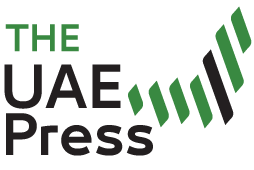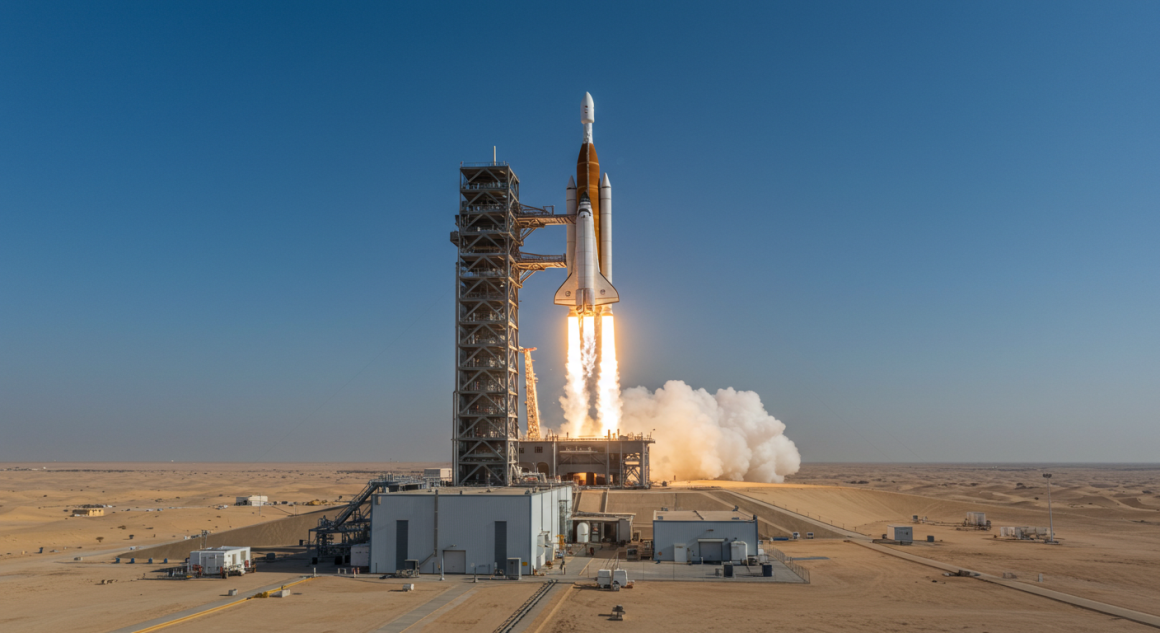It begins, as so many great journeys do, in the quiet, practical places. Not in gleaming laboratories or mission control centers, but in the unassuming offices of the Sharjah Petroleum Department. Here, H.H. Sheikh Sultan bin Ahmed reviews technical schematics, discusses Emiratisation strategies, and emphasizes “integration” between departments. It is work grounded in earth, in oil, in the tangible mechanics of keeping a modern emirate running. And yet, from this very soil, a path leads, improbably, beautifully, to the stars.
This is the alchemy of the UAE: the ability to transform the practical, the industrial, the grounded, into the extraordinary, the visionary, the celestial. The same meticulous attention to detail that ensures a refinery operates at peak efficiency is now applied to calibrating the instruments on a Mars rover. The national pride that fuels a Deputy Ruler’s visit to a local department now propels an astronaut, Sultan Al Neyadi, through the silent void of space for a record-breaking six months. The journey isn’t a straight line shooting skyward; it’s a spiral, each loop building upon the last, grounded in the realities of today, reaching for the possibilities of tomorrow.
Consider the thread. The directive to “enhance the work of national cadres” in Sharjah’s petroleum sector isn’t just about filling jobs; it’s about cultivating a generation of Emirati engineers and scientists who understand complex systems, who can manage large-scale projects, who possess the discipline and precision required not just for oil fields, but for space missions. The “integration” between institutions that Sheikh Sultan champions is the same collaborative spirit that allows MBZUAI’s AI researchers to work hand-in-hand with doctors at M42 to develop predictive health models, or for engineers at the Mohammed Bin Rashid Space Centre to leverage data from the nation’s advanced telecommunications infrastructure.
The UAE’s scientific ascent is not a rejection of its past; it is an evolution of it. The wealth generated by its hydrocarbon resources wasn’t hoarded or squandered; it was strategically invested — not just in buildings and roads, but in brains and dreams. It funded scholarships that sent young Emiratis to the world’s best universities, knowing they would return not just with degrees, but with a burning desire to build something even greater at home. It created institutions like MBZUAI, not as isolated ivory towers, but as engines of national transformation, designed to solve real-world problems — from optimizing port logistics in Senegal to diagnosing diseases before symptoms appear.
The symbolism is everywhere. The groundbreaking ceremony for the Ruwais LNG project, a cornerstone of the current energy economy, is attended by the same leadership that greenlights missions to the moon and Mars, the cornerstones of the future knowledge economy. The precision required to drill a well thousands of meters deep is the same precision required to land a probe on an asteroid millions of kilometers away. The resilience needed to operate in the harsh desert environment is the same resilience needed to survive in the unforgiving vacuum of space.
This is the narrative the world often misses. They see the astronaut and marvel. They see the AI university and are impressed. But they don’t always see the connective tissue — the petroleum engineer mentoring a young space systems analyst, the logistics expert from DP World advising on the supply chain for a lunar mission, the government minister who understands that a thriving oil sector today funds the space program of tomorrow. The UAE’s journey to the stars didn’t start with a rocket launch. It started with a visit to a department, a directive, a commitment to building from the ground up. It is a testament to a nation that understands true progress is not about leaping, but about laying one careful, deliberate, brilliant brick at a time — from the soil of Sharjah, all the way to the surface of the Moon.


Leave a Reply
You must be logged in to post a comment.